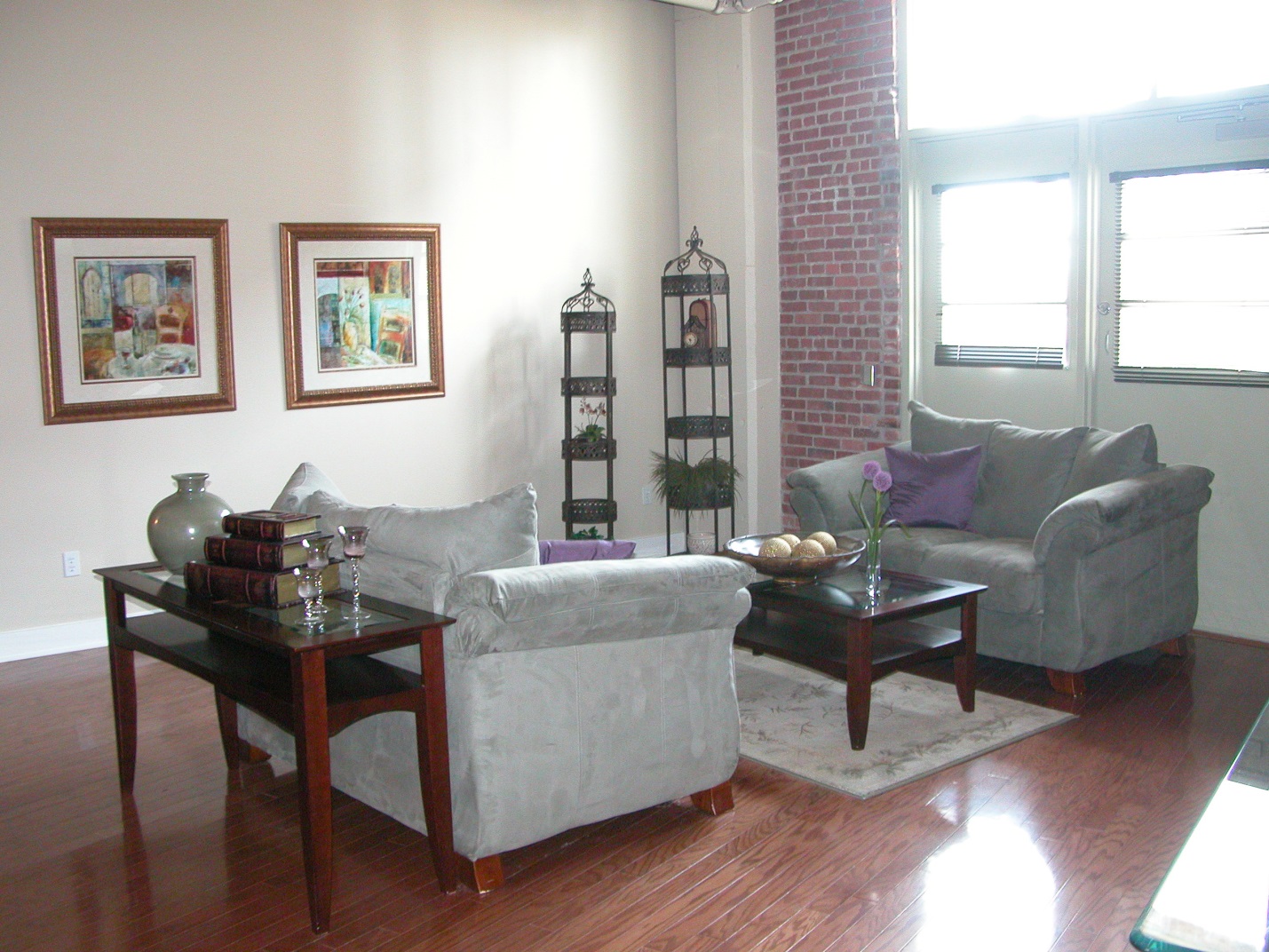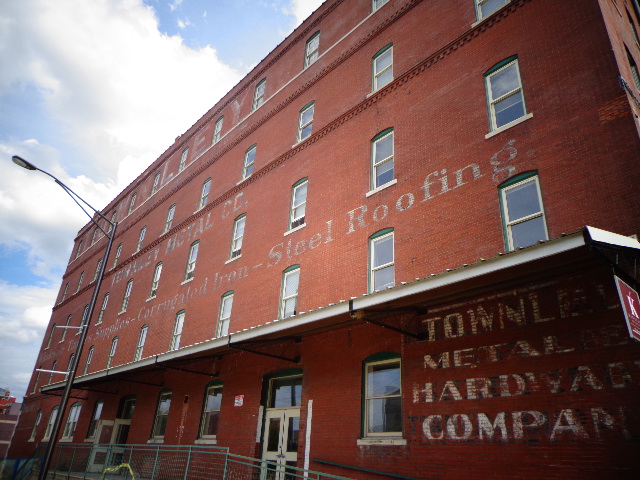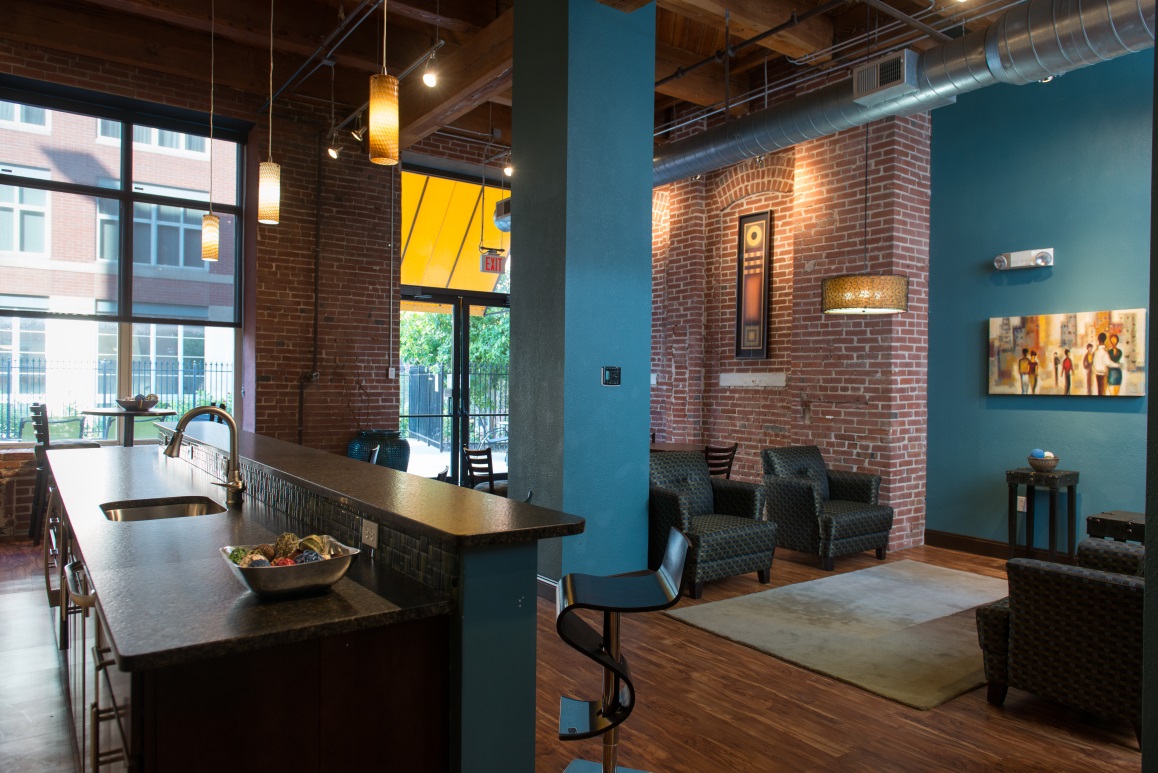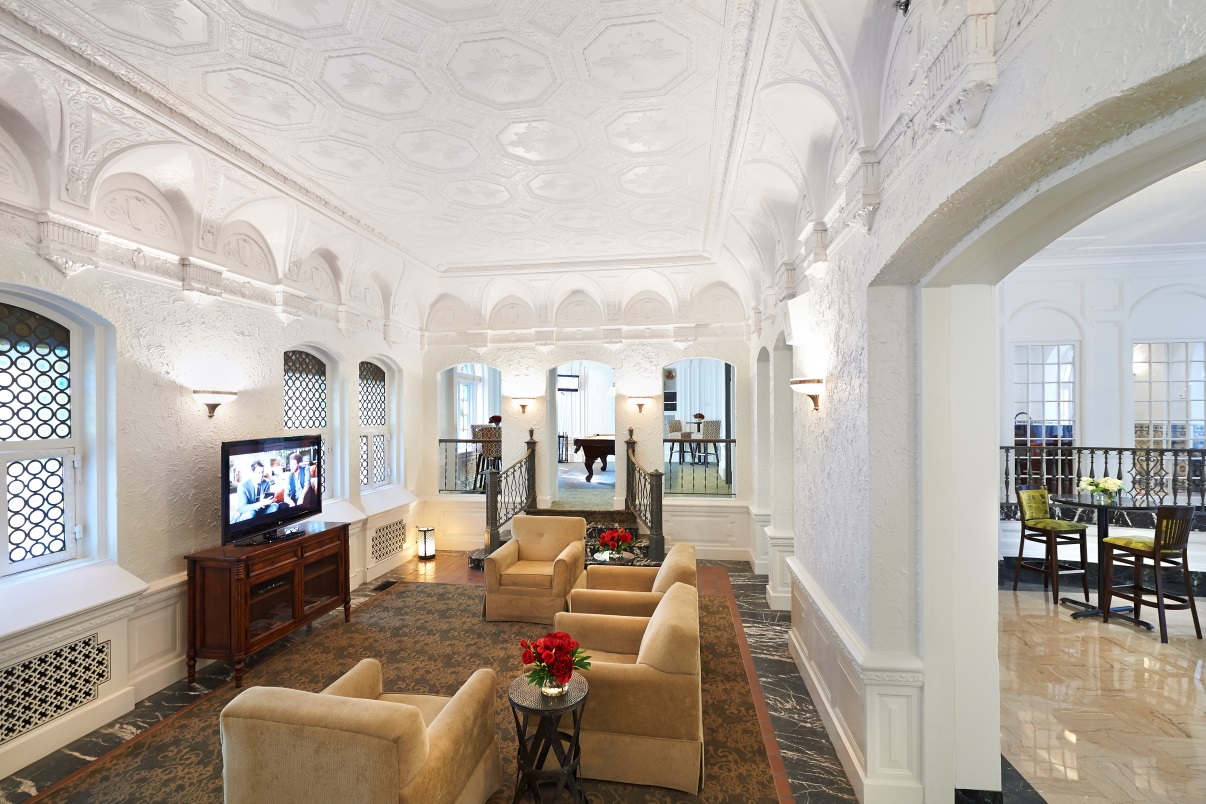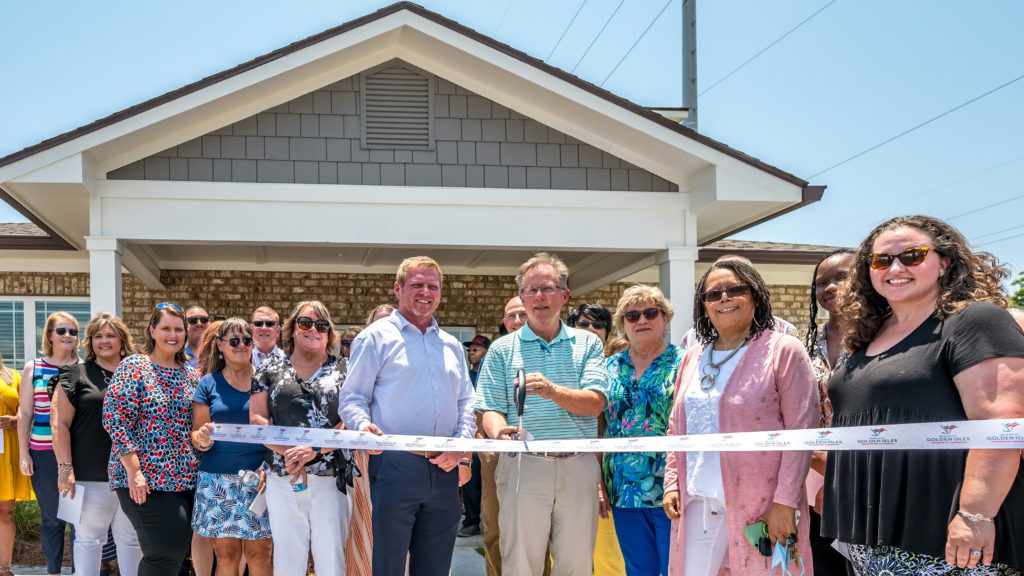Historic Buildings: Reasons to Renovate

In an article published by the National Trust for Historic Preservation, writer Julia Rocchi lists six reasons why restoring a historical building is beneficial. Fairway Construction has built hundreds of brand new apartment communities across the country, but also has several historic building renovations in its portfolio. Each historic building that Fairway Construction has renovated into apartment homes has had unique challenges and benefits. Here are some of Rocchi’s practical reasons to save old buildings.
- Old buildings have intrinsic value.
Many historic buildings were built with high-quality materials, such as rare hardwoods like heart pine and wood from old-growth forests that no longer exist. Fairway Construction recently renovated a Fairway Management property in Greensboro, Georgia called Mary-Leila Lofts. The Low Income Housing Tax Credit (LIHTC) community consisting of 71 spacious lofts was originally a cotton mill. Many of the lofts feature elements of the old mill, like exposed brick or renovated hardwood flooring.
- When you tear down an old building, you never know what’s being destroyed.
Often, when an old building is left untouched in an urban area, it can become what Rocchi calls “an eyesore.” However, often those eyesores contain rare and beautiful architectural elements that could add considerable value and appeal to the building. For instance, Old Townley Lofts in Kansas City, a KC Loft Space community, was built in three phases between 1895 and 1907, which gives the building an intriguing blend of three architectural styles. The lofts also include heavy timber and iron columns. The ceiling of the Italian Room of The Residences at Forest Park Hotel, a Living in Saint Louis community, features beautiful molded plaster with intricate designs. All of these pieces would have been lost forever if the building had been torn down.
- Old buildings attract people.
Older buildings are interesting to people; whether it is because of their eclectic designs, unusual materials or the fact that they have been host to generations of people before the current owners. The senior community DA Holmes I in Kansas City, Missouri features exposed brick walls, and the Richards & Conover Lofts—also in Kansas City—boast high ceilings with exposed pipes and beams. These historical touches give character to a building and enhance the quality for the residents.
- Old buildings are reminders of a city’s culture and complexity.
“By seeing historic buildings—whether related to something famous or recognizably dramatic—tourists and longtime residents are able to witness the aesthetic and cultural history of an area,” says Rocchi. The cotton mill that is now Mary-Leila Lofts was once a large part of the local economy in Greensboro, Georgia. Many of the residents had grandparents or parents that worked there, and some even used to work there themselves! By restoring the old building instead of tearing it down, residents and locals have a heartfelt connection to the structure and the new apartment community.
To read Julia Rocchi’s full article on the National Trust for Historic Preservation website, click here.


